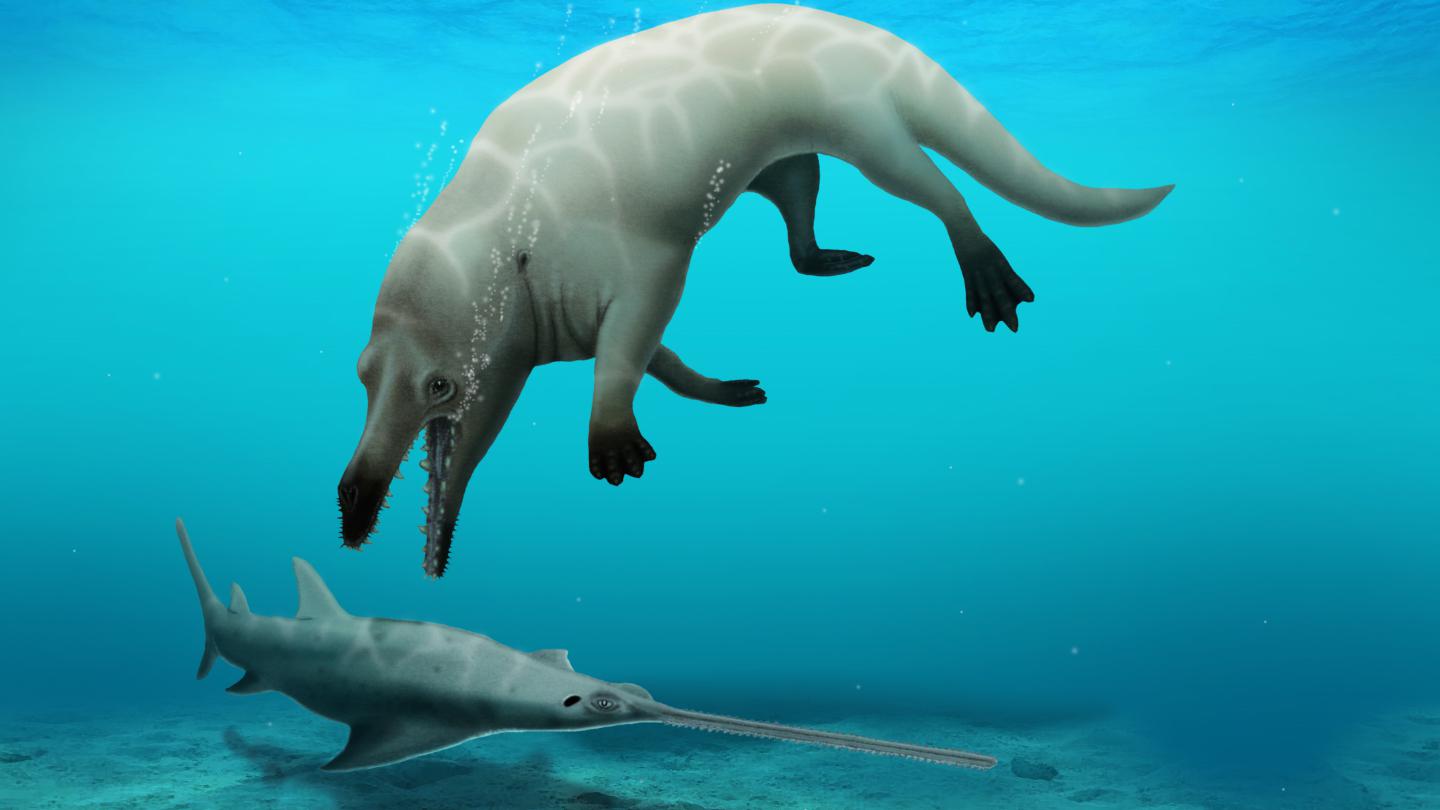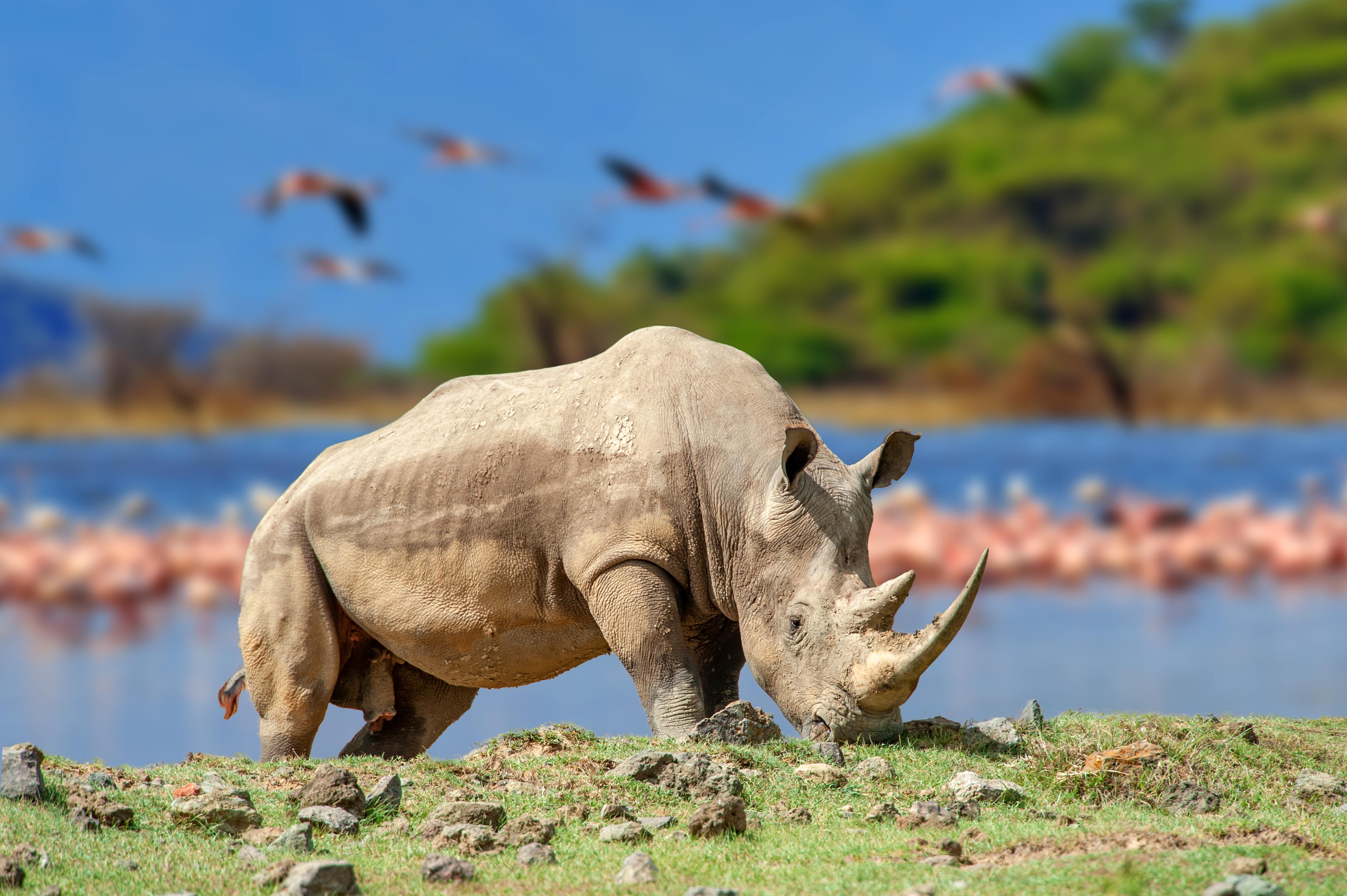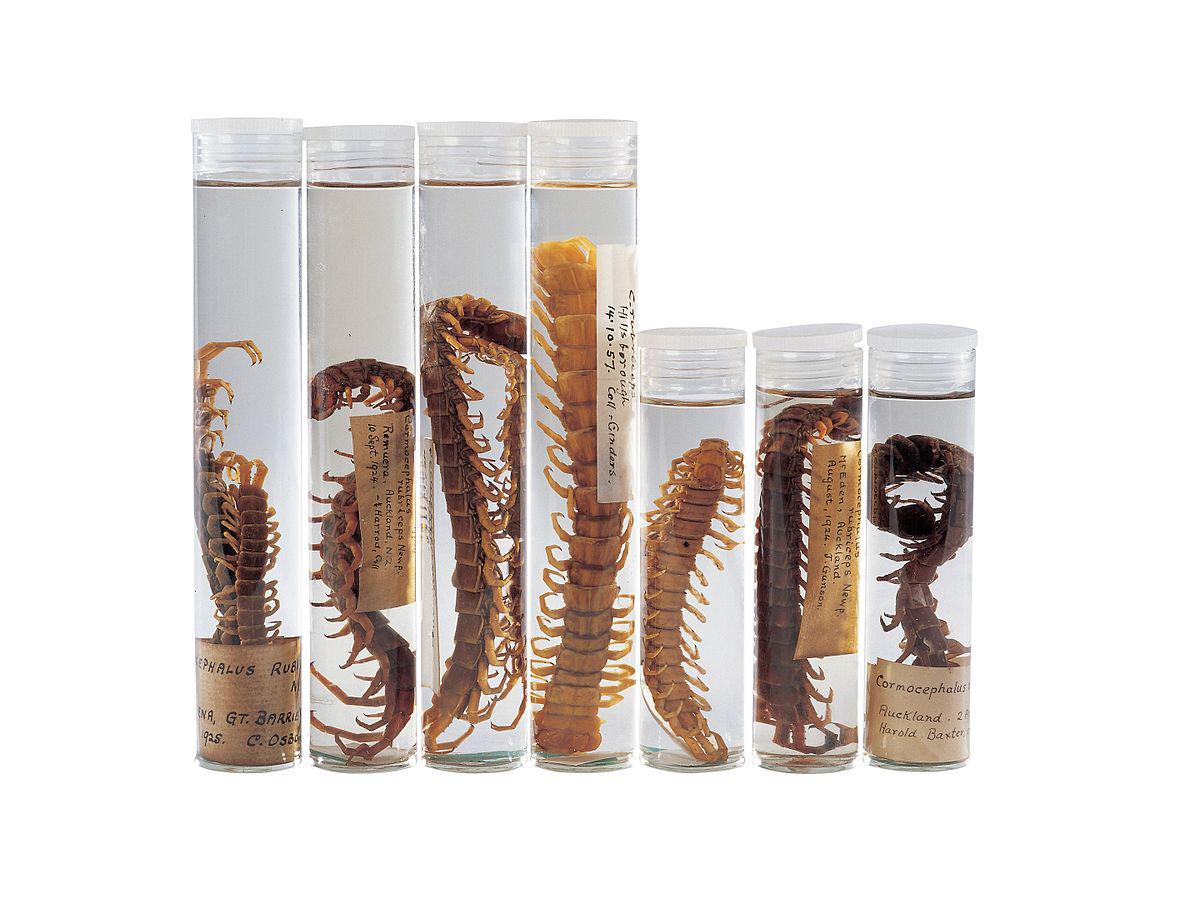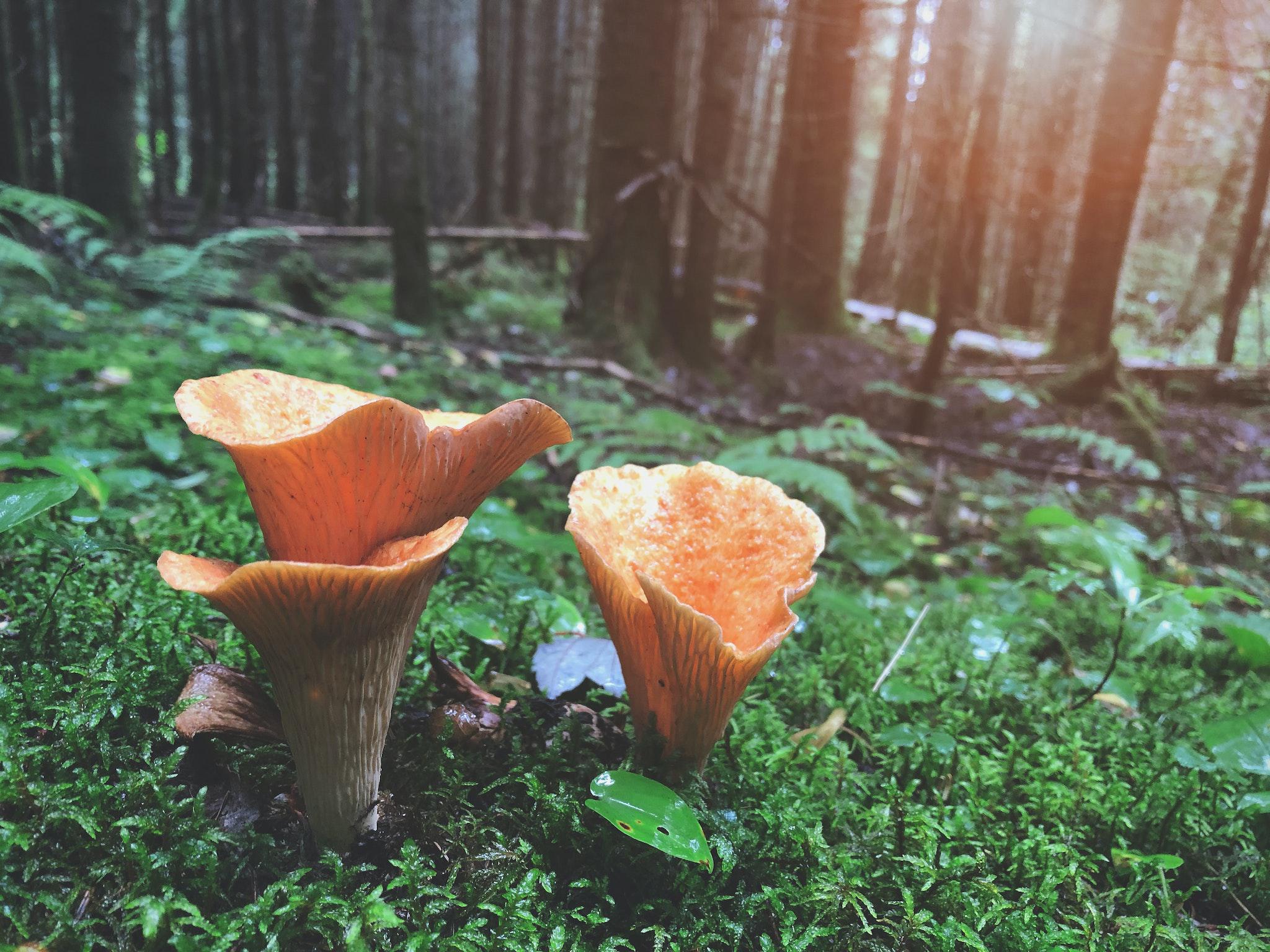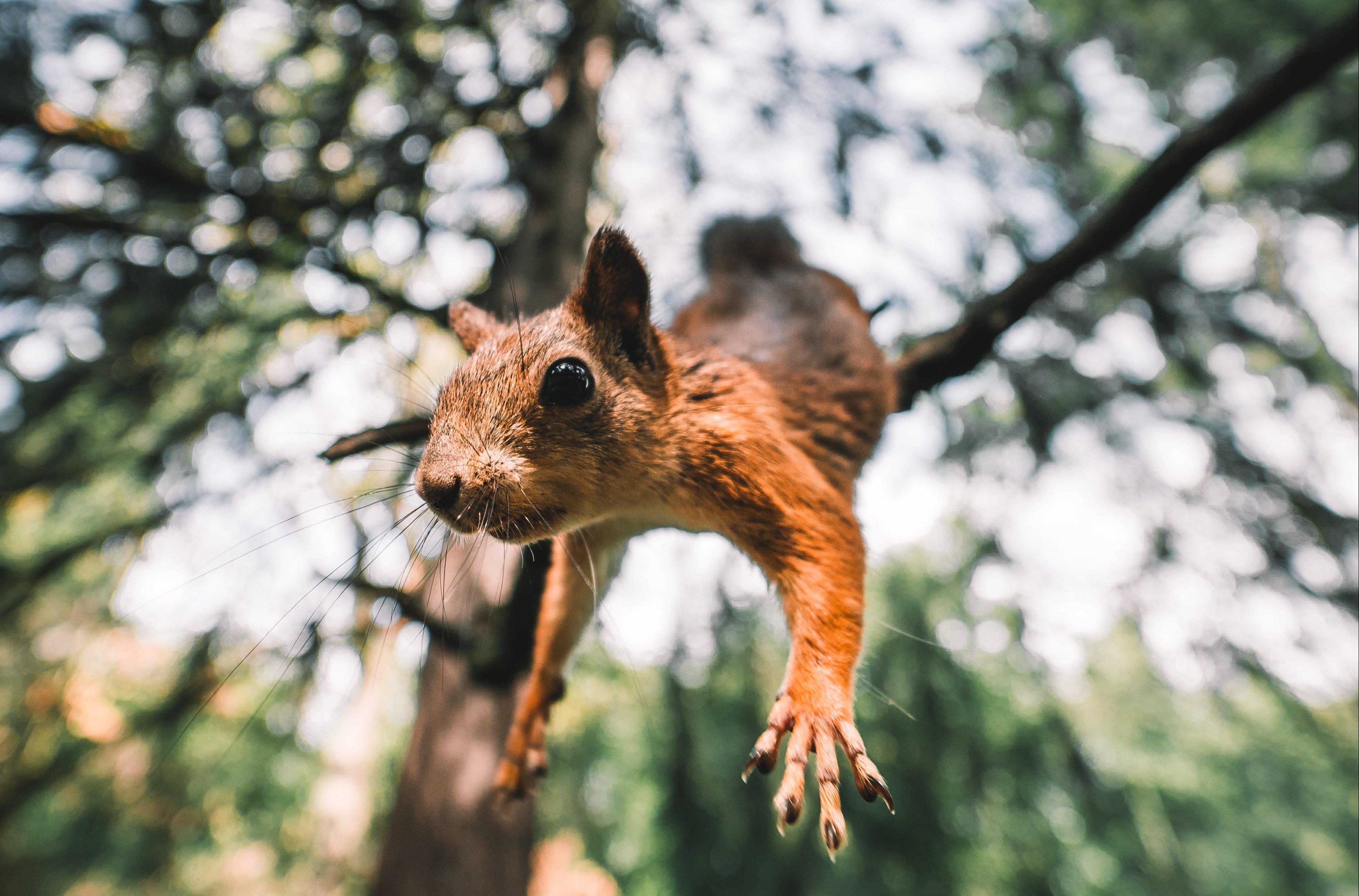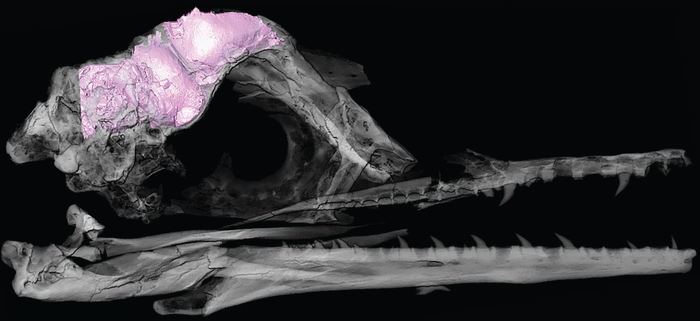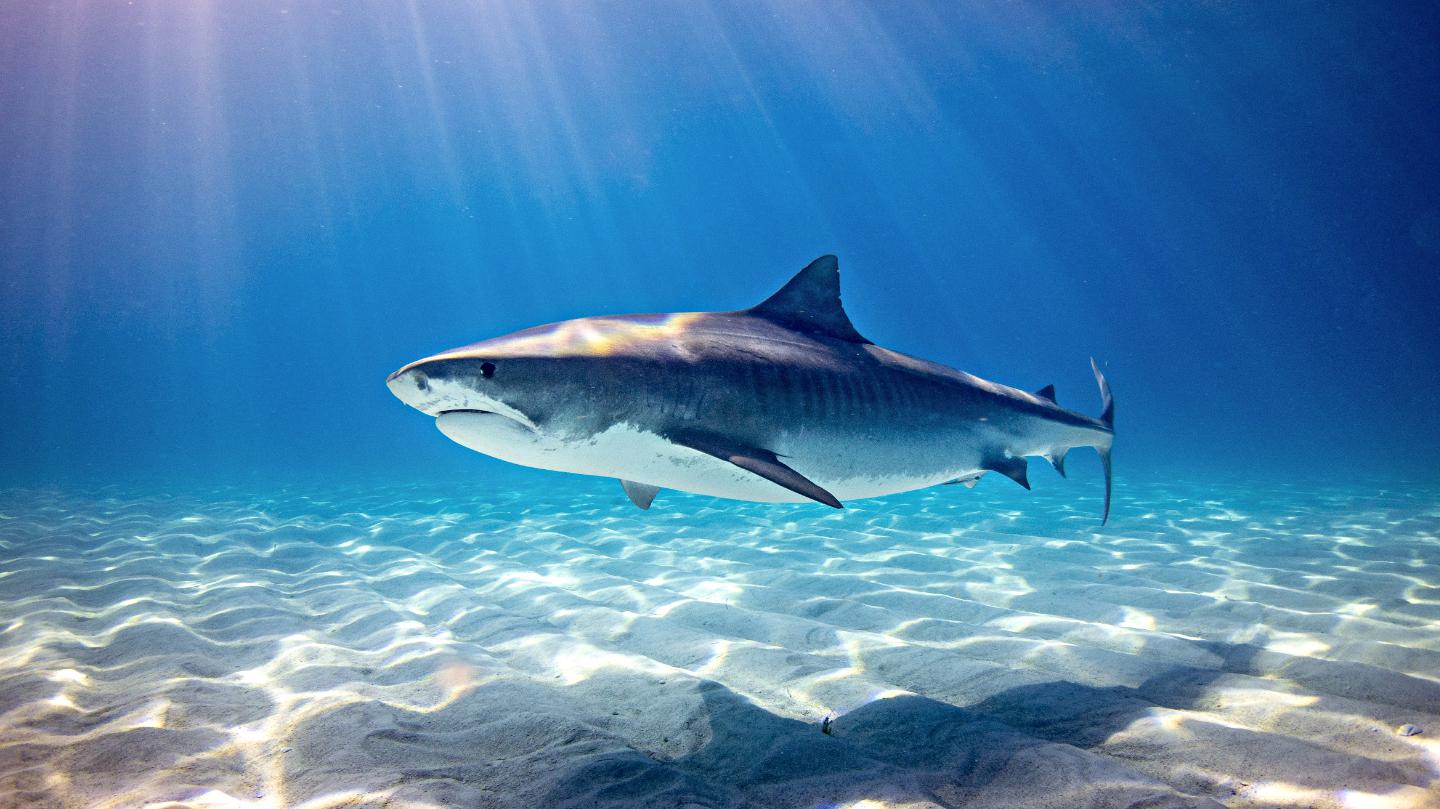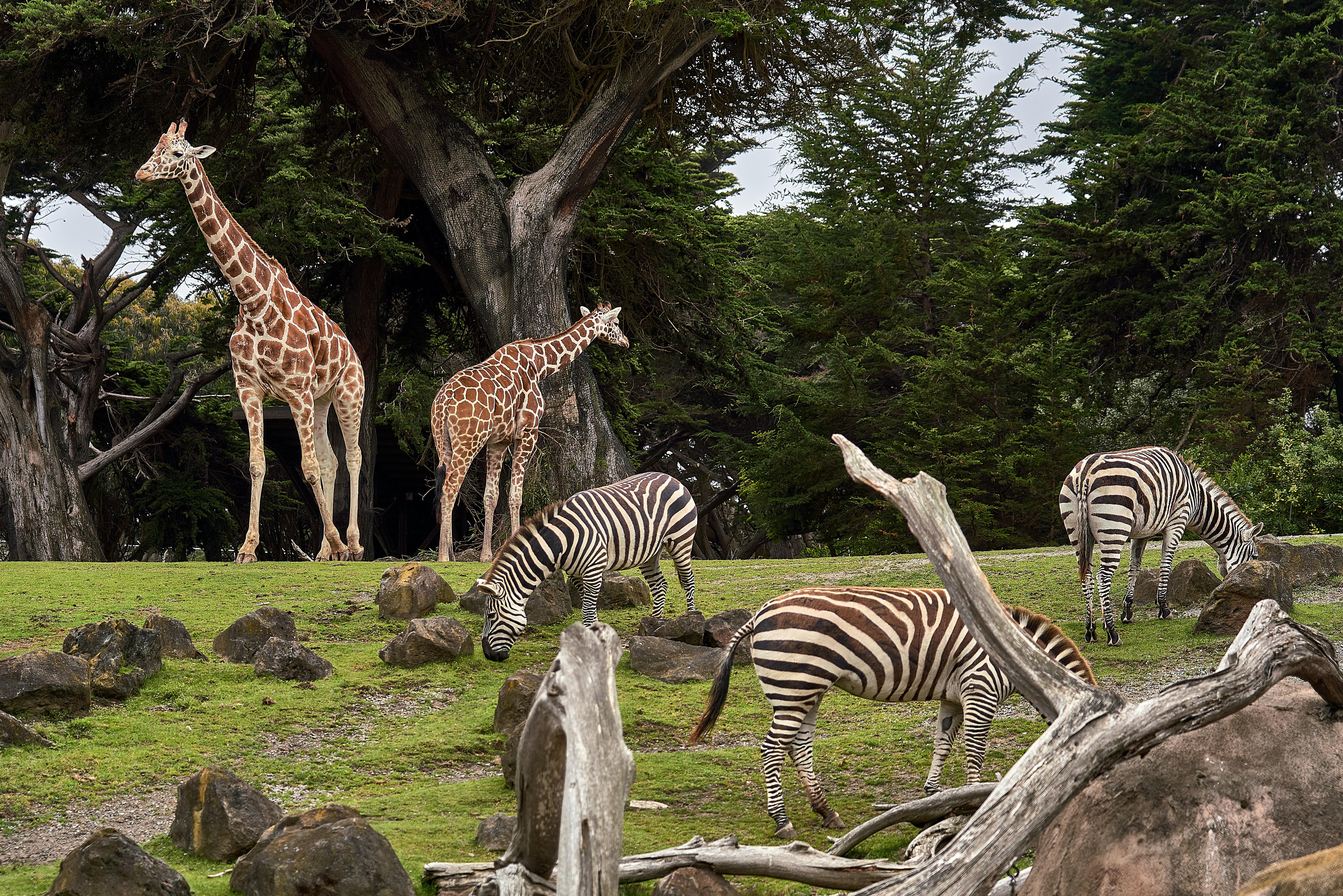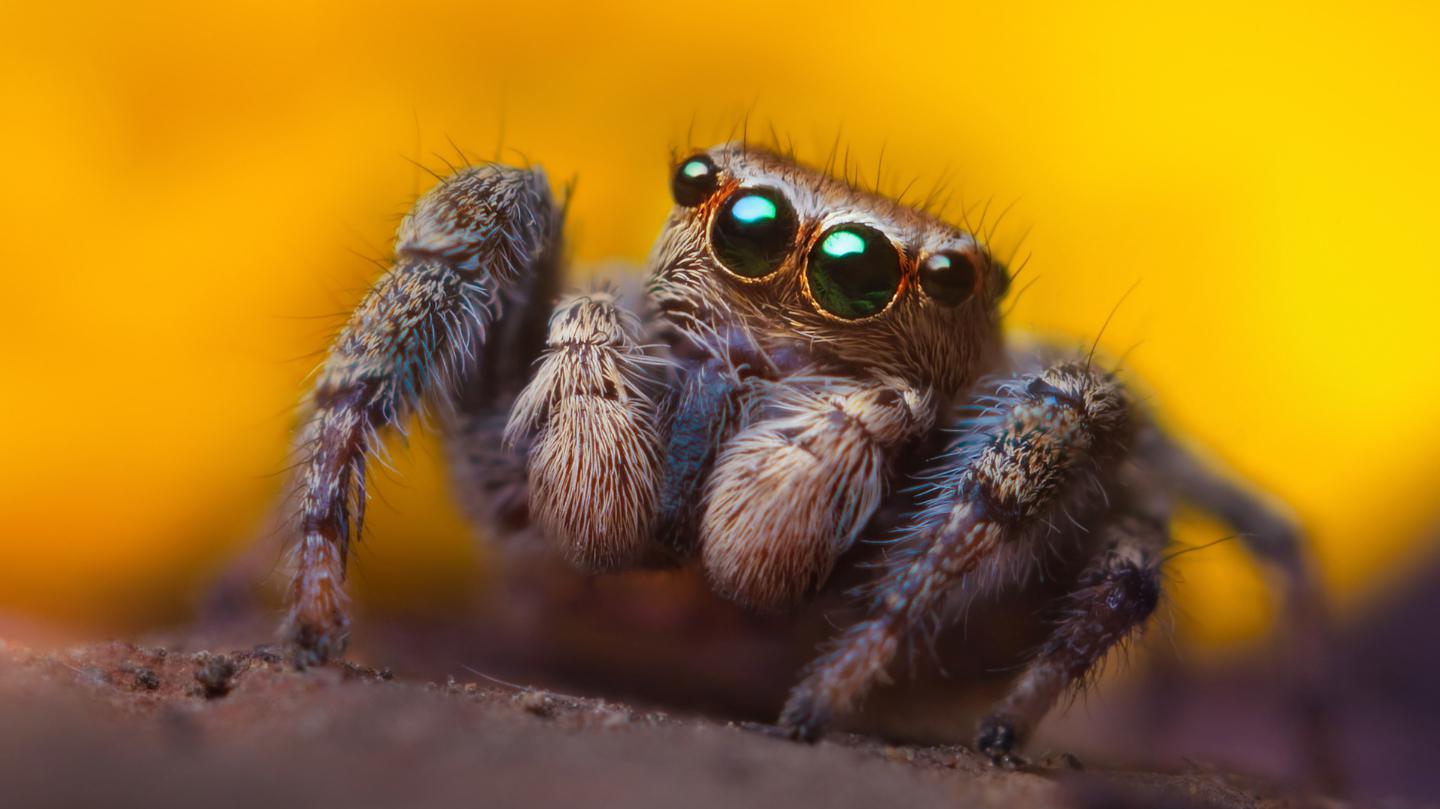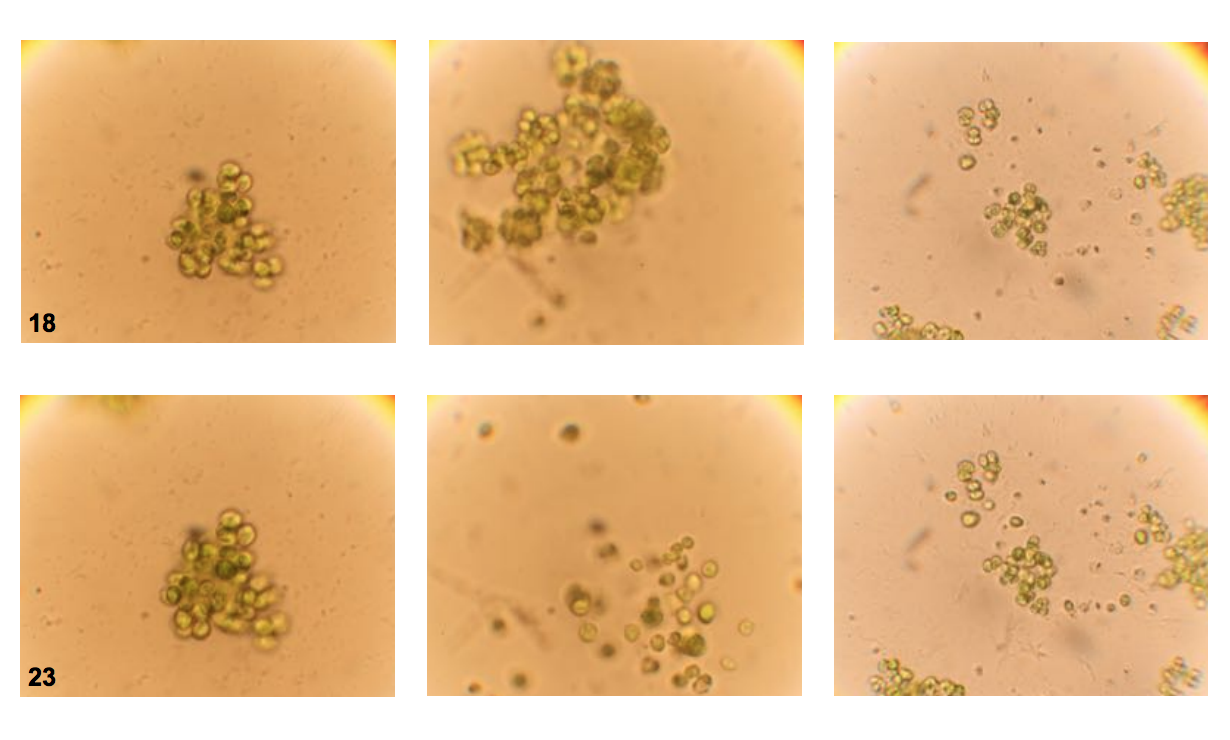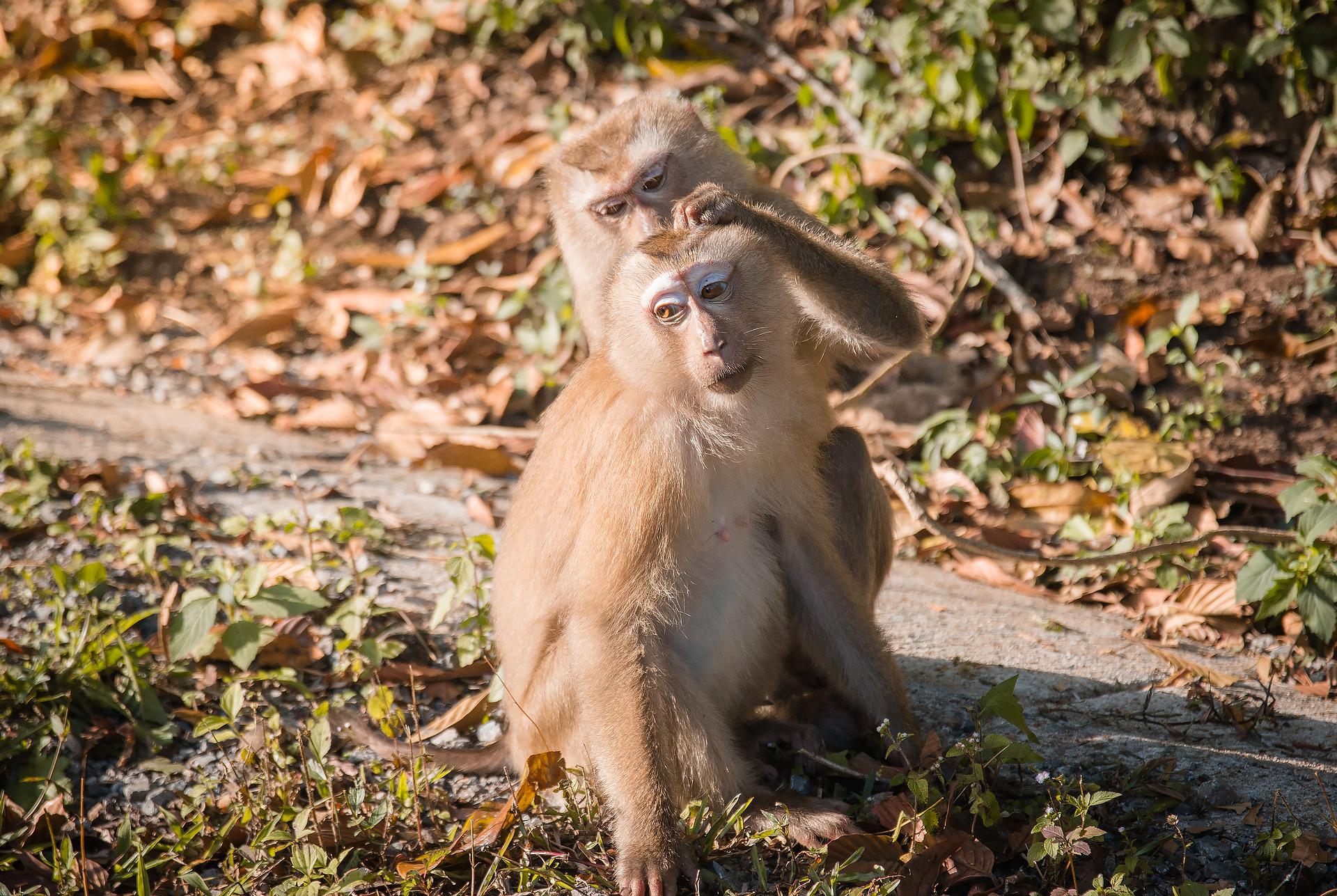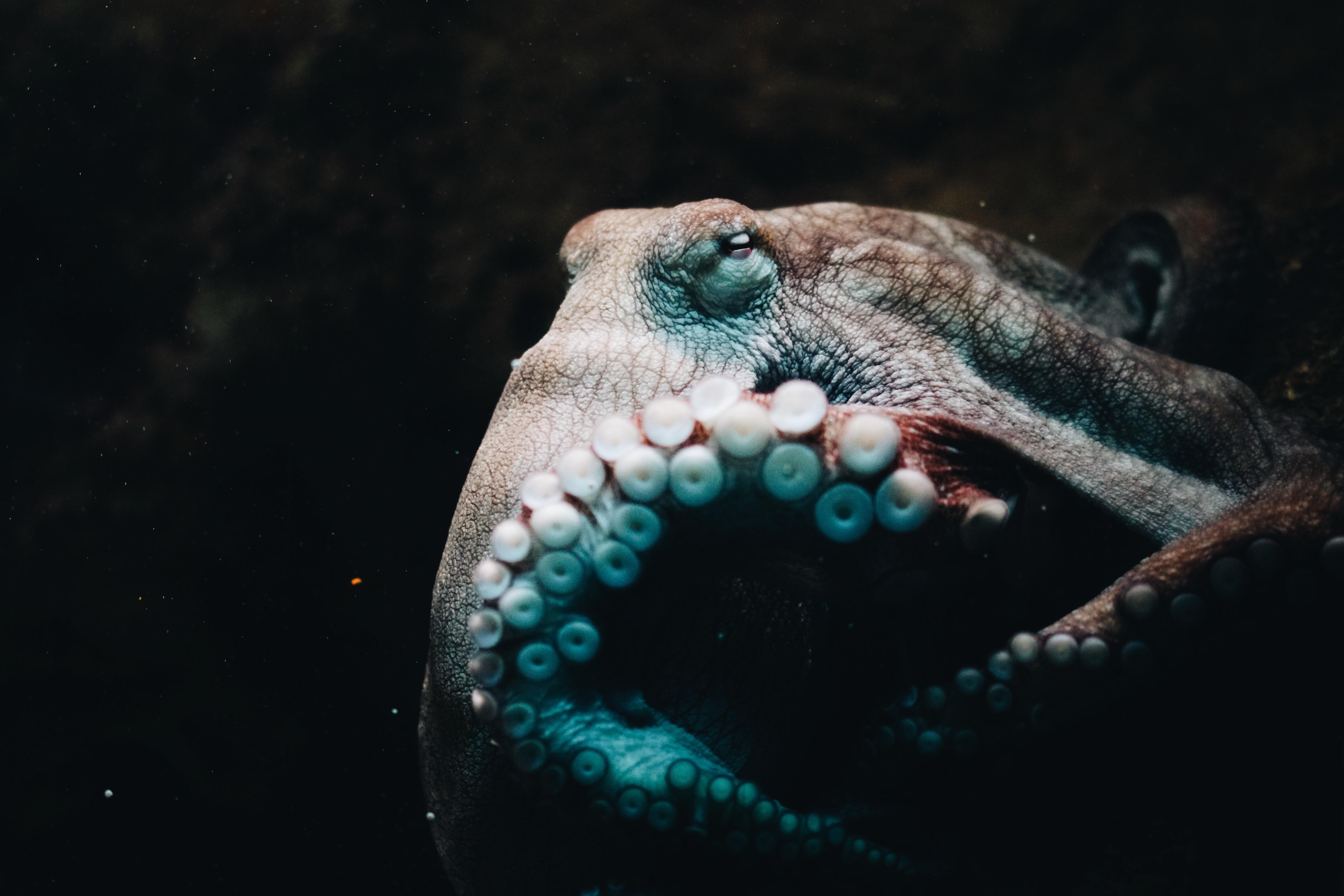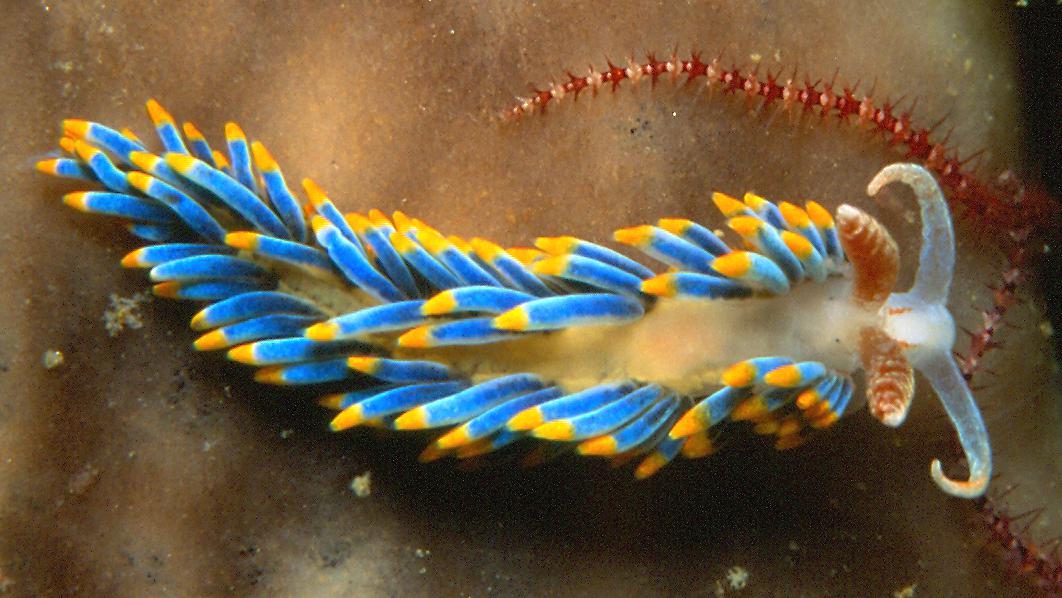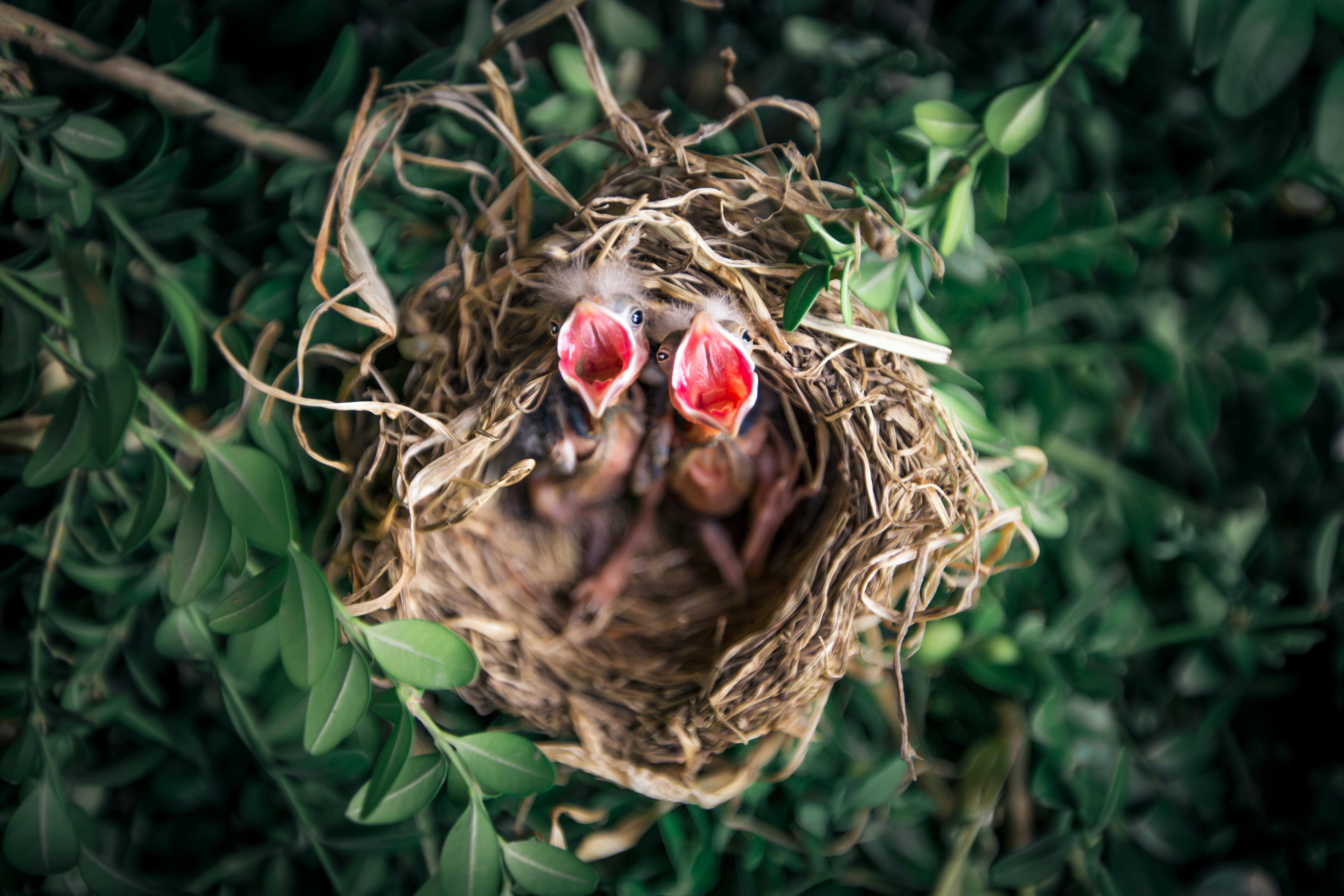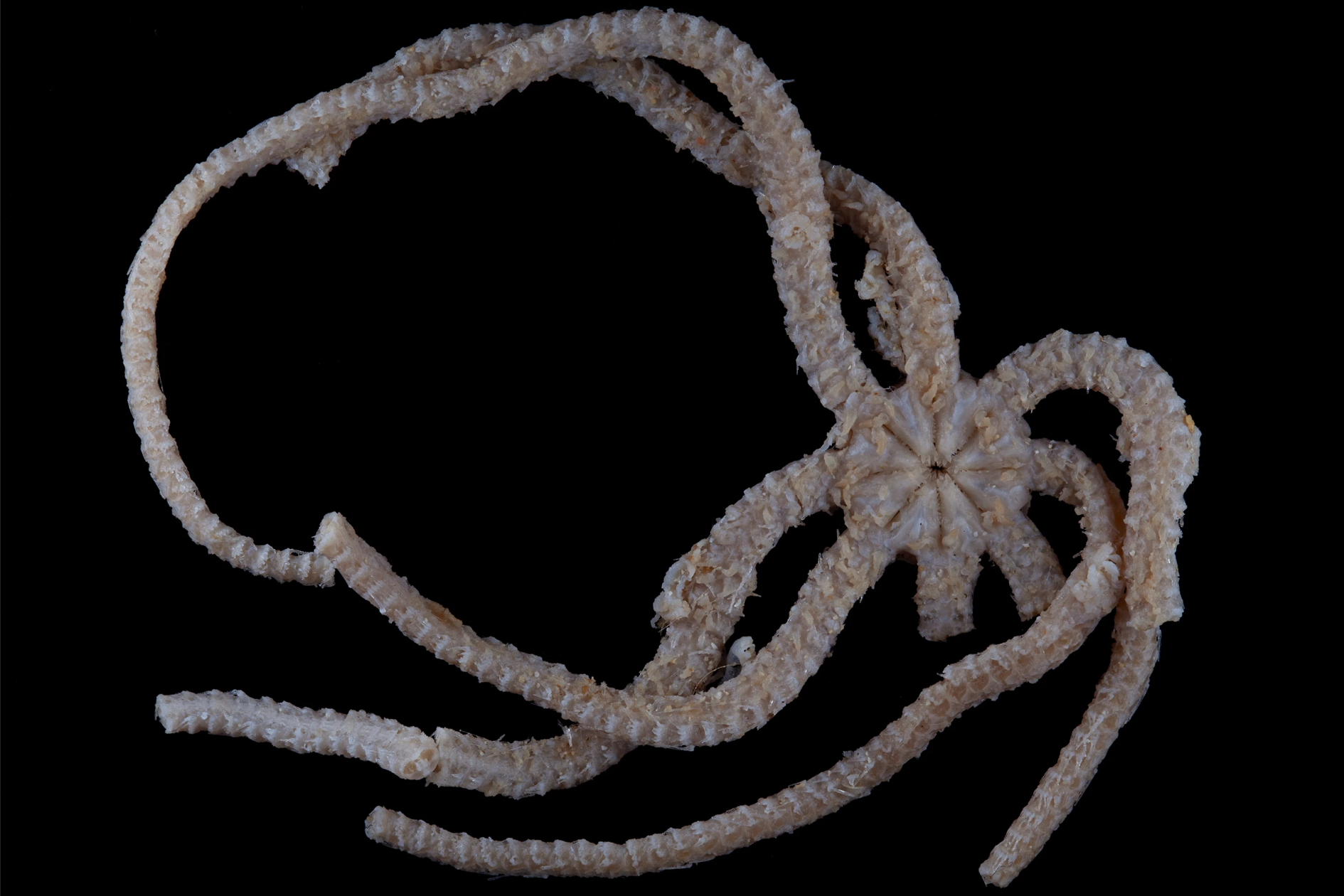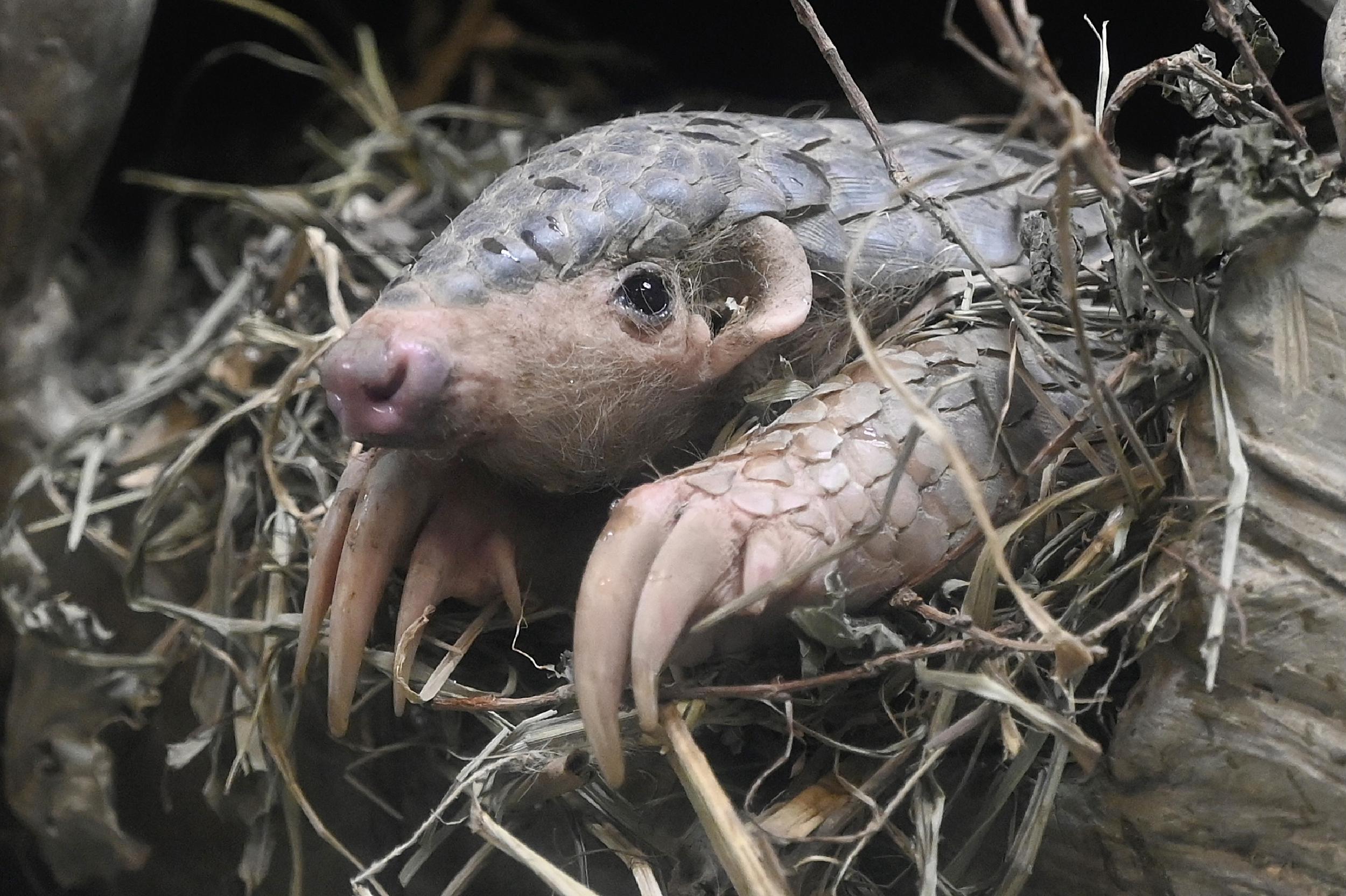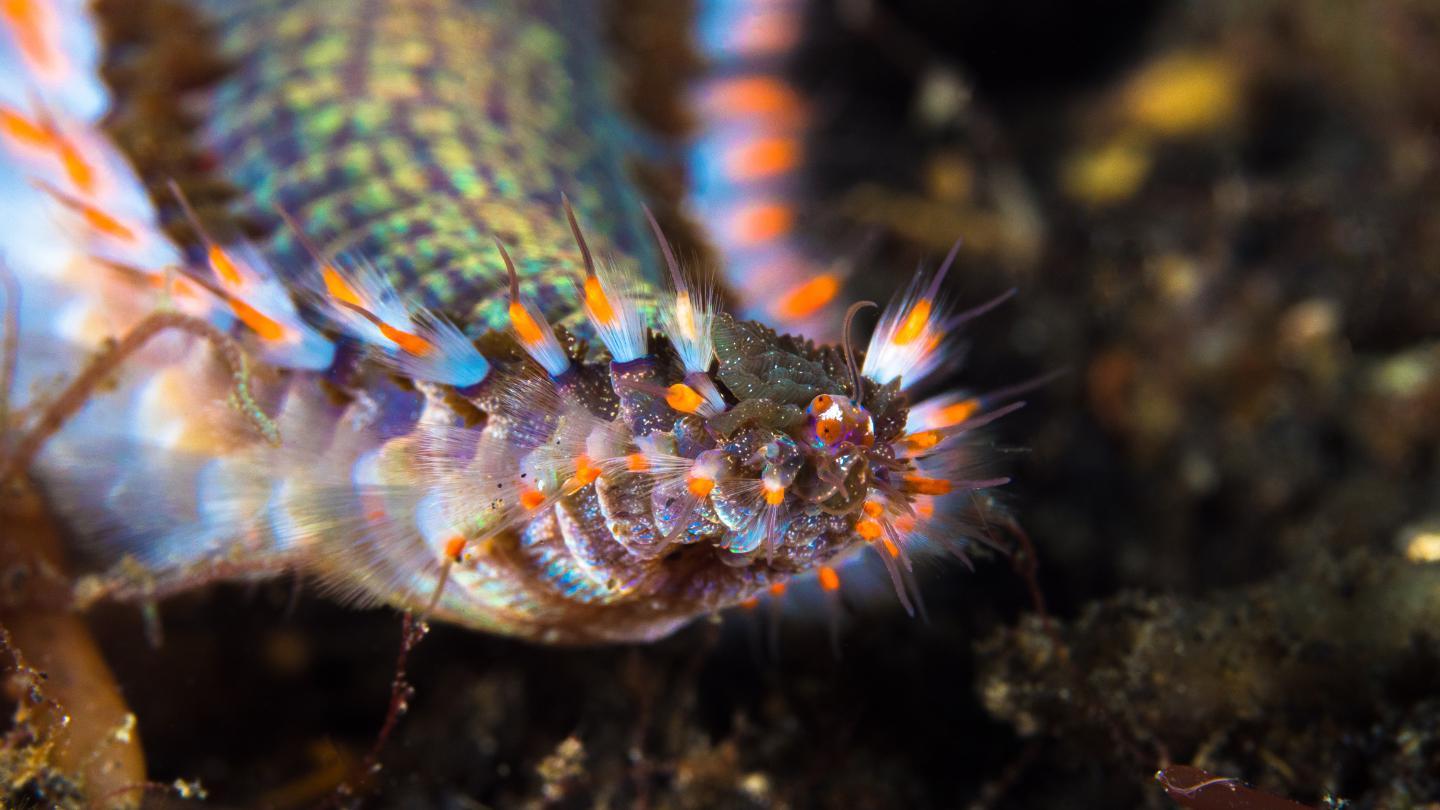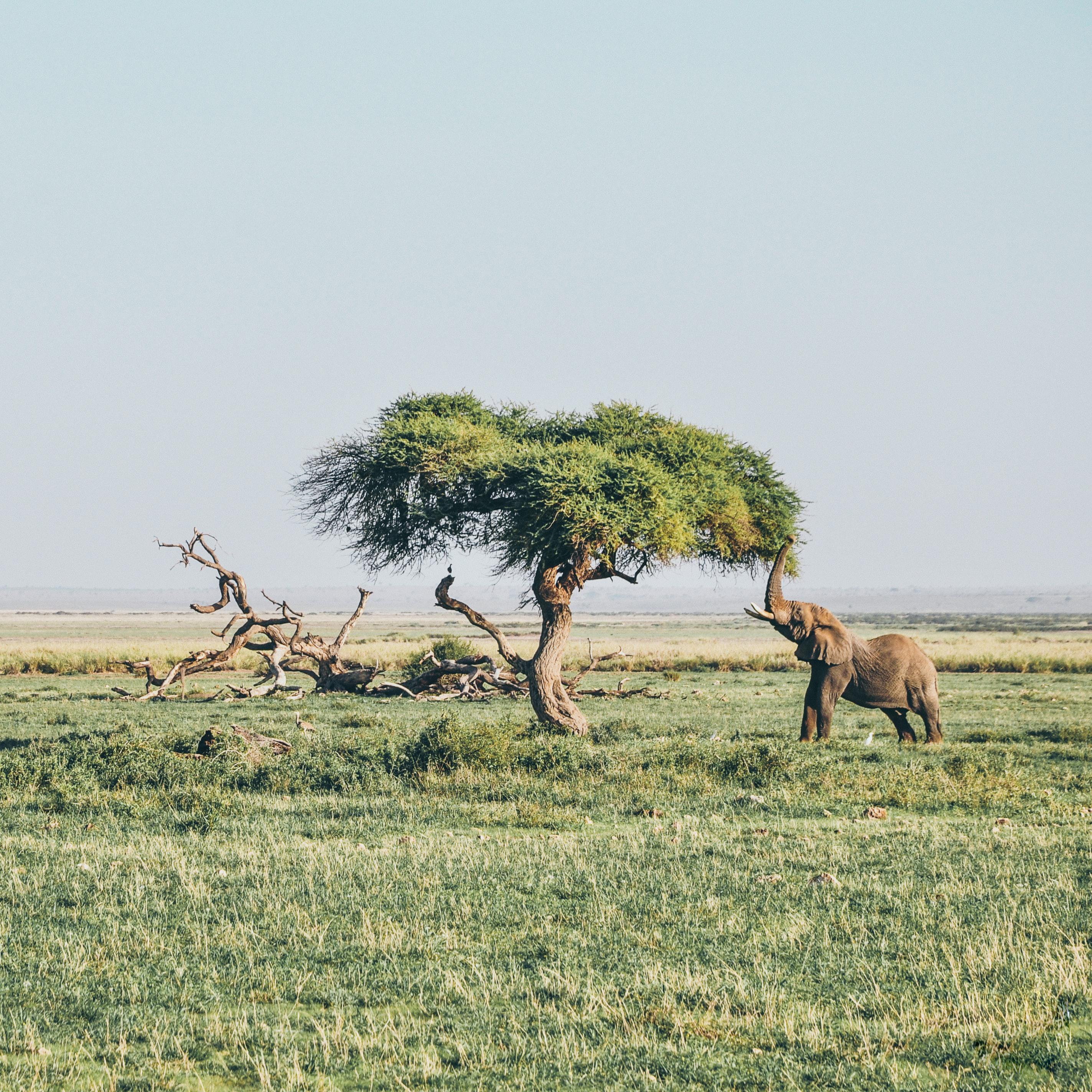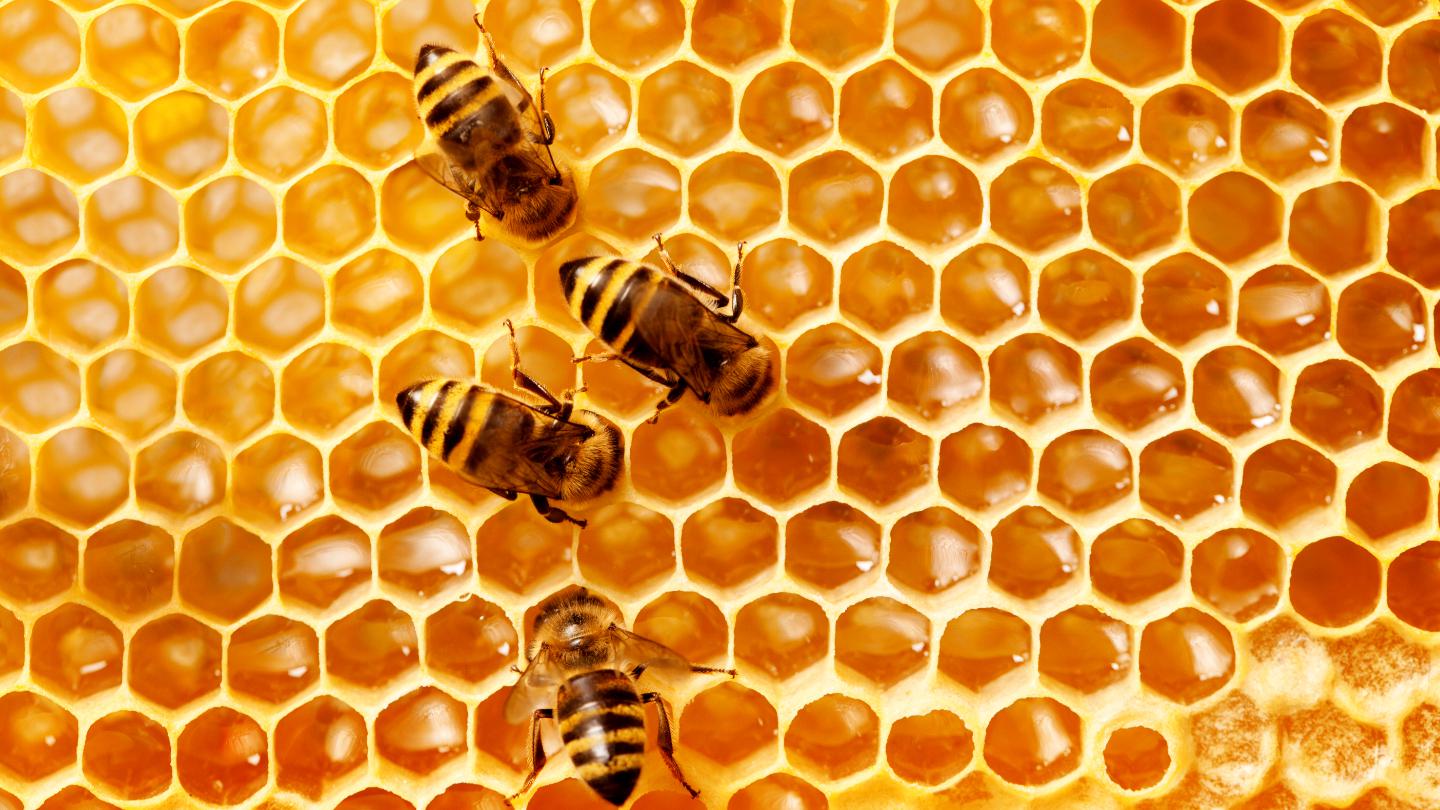Life
All Stories
Yet another ocean monster has been discovered.
Technology designed to listen for atomic bombs can also hear tornadoes.
A recent study sheds light on the evolutionary history of rhinoceroses and their remarkably low levels of genetic diversity.
It walked enough miles to nearly circle the Earth twice.
These enormous centipedes are straight out of science fiction.
Sometimes, new combinations of preexisting things revolutionize life.
A genetic study of British Columbia grizzly bears finds a weird link to local human languages.
While a squirrel’s life may look simple to human observers – climb, eat, sleep, repeat – it involves finely tuned cognitive skills.
It is difficult to save a species that does not seem to care about saving itself.
The brain of an ancient bird offers clues to the survival of its modern-day relatives.
Scientists discover surviving viruses in 15,000-year-old glacier ice on the Tibetan Plateau in China.
A study finds that baby mammals dream about the world they are about to experience to prepare their senses.
Australian parrots have worked out how to open trash bins, and the trick is spreading across Sydney.
A new study tested to what extent dogs can sense human deception.
Evolution proves to be just about as ingenious as Nikola Tesla
The ethical debate over zoos is going to grow louder. There might be a solution that involves robots.
Eight-eyed arachnids can tell when an object’s movement is not quite right.
When facing a predator, single cells sometimes unite to defend themselves, paving the way for more complex multicellular life forms to evolve.
One man studied apes for 50 years. He says nature isn’t as cruel as you think.
The opening of jars, while impressive and often used to illustrate octopus intelligence, is not their most remarkable ability.
These bizarre mollusks have the ability to regenerate their bodies and to absorb other organisms’ attributes.
Evolutionary success is not about the number of one’s children, but one’s grandchildren: the children need to survive and pass on their genes.
These distant cousins of starfish live on sea floors around the globe.
Traditional Chinese medicine and Vietnamese culture are driving the pangolin to extinction.
Metal-like materials have been discovered in a very strange place.
That’s as fast as a bullet train in Japan.
Researchers develop a fungus that kills mites that contribute to honey bee Colony Collapse Disorder.
Some wild animals thrive near humans, but only up to a point.
Life finds a way — in this case, by smelling like death.
The Vertebrate Genomes Project may spell good news for the kakapo and the vaquita.
